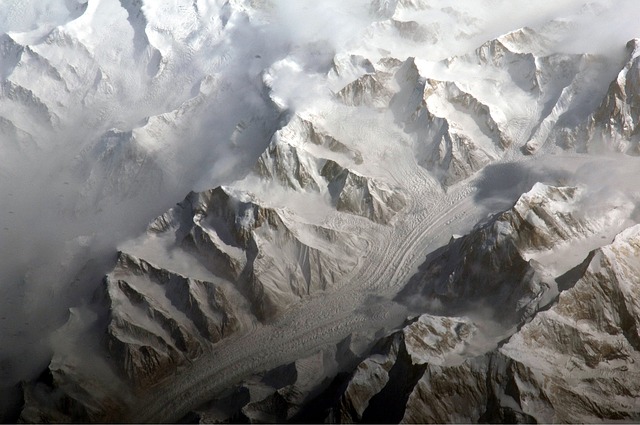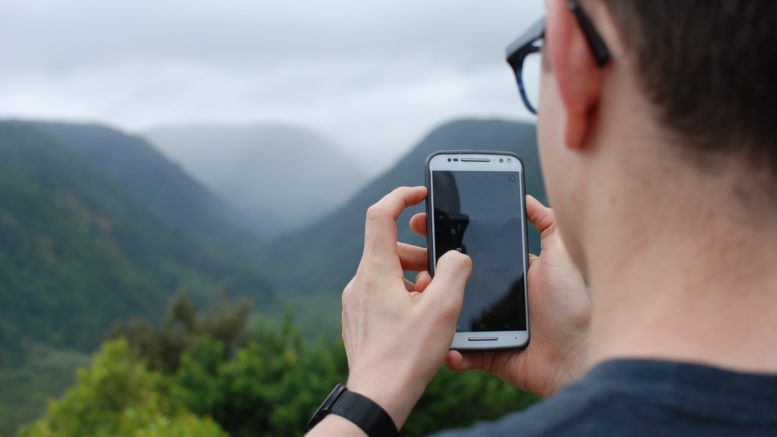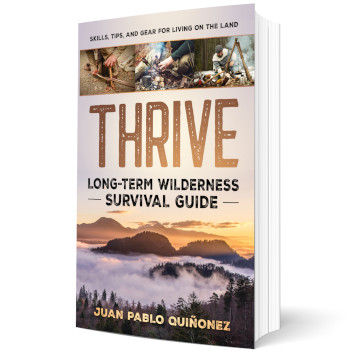If you would consider carrying a book for a long term survival scenario you must read this article. First I must say that neither a survival book nor a smartphone are essential to short or long term wilderness survival. They are “luxury” items. But if you don’t mind the weight, a smartphone would be a great asset as part of your long term survival kit.
eBooks
I know, I too prefer reading a book than reading an eBook inside a tiny screen. But what happens when there is a wild edible that you are not familiar with and you want to cross-reference different wild edible books? What if you have to make an advanced first aid assessment? Don’t get me wrong, Thrive is thorough and the best long-term survival book, but it does not immerse into each topic as 50 Wilderness Survival eBooks could. When it counts, you want to have the best and most thorough info out there:
Assuming your survival eBooks have tons of images and are 50 MB in size, you can fit 20 per GB. A 128 GB microSD card could hold an eBook library of 2,560 books!
The Android eBook app I recommend is Moon+ Reader because it can read many eBook formats including PDFs and it works out of the box without having to import your books. Just copy them to your microSD card and you are good to go.
Offline GPS with Topographic Maps

An app like BackCountry Navigator Pro allows you to pre load topographic maps for your area for offline use. Using the GPS of your smartphone you can view your precise location overlayed on the topographic map. Use GPS only occasionally to preserve your battery.
I prefer navigating with map and compass, but it is nice to have many topographic e-maps of the surrounding area that I wouldn’t carry with me otherwise. For instructions on downloading maps using the app click here. There is also a free DEMO version that has annoying ads.
![]()
Satellite Imagery
Having satellite imagery when you are in the wilderness allows you to better appreciate the size of streams, kind of terrain, type of vegetation that you wouldn’t be able to see so accurately using topographic maps. This also allows you to find hunting and foraging opportunities. Another awesome feature of BackCountry Navigator Pro is that you can set up your own custom map source. This allows you to use many other sources.
Currently, Google’s terms of use do not allow you to download its satellite imagery for offline use; what you can do is save this (right click, save as) Google-Hybrid.xml file to your phone using this instructions and then view the imagery when your phone has internet access. Download the imagery for offline use at your own risk (it is against Google’s terms).

Not all Smartphones are Created Equal
There are important characteristics that you should look for in a smartphone for outdoor use:
Waterproof
Ideally your phone is waterproof out of the factory (IP67 rating). Another option is to buy a waterproof case. I trust the Lifeproof cases; I’ve swam many times with them (whitewater canoeing). They have a waterproof rating of IP67.
GPS
Obviously it should have a GPS sensor. But must smartphones nowadays have one.
Big Screen
If you will be reading eBooks or browsing topographic maps you want a big screen (around 5 inches). Specially for viewing under bright conditions.
MicroSD card slot
You will need a lot of storage for your eBooks and Maps. You could have two microSD cards and swap them out to maximize your storage.
Removable battery
This is optional but a really nice feature to have. Batteries die. It’s just a matter of time. For redundancy and reliability you want a phone with a removable battery. You could pack a second battery if you are going for a long term adventure. Turn your phone to airplane mode and turn battery saving settings on to extend your battery life.
Light
Although you don’t want to over use it, you can use your smartphone as a rechargeable flashlight or lamp. Every discharge cycle reduces the life of your battery by a very small margin.
Case
Your phone will need a rugged case. Again I would go with a Lifeproof case because they are waterproof and protect my phone from falls.
Which phone has those characteristics?

![]()
My Samsung Galaxy S5 Neo has:
5.1” screen, waterproof rating of IP67, removable battery, microSD card slot (up to 128 GB), and GPS of course.
It needs a case for shock protection, so I bought a Lifeproof FRE case that increases its waterproof rating to IP68 (up to 3m submersion for 30 min).
Solar charger
You need the ability to recharge your phone out there. To keep it simple buy a waterproof solar panel only; solar chargers that have a battery add a layer of complexity (more stuff to go wrong). Go with a smart solar panel that will produce enough watts to power your hungry smartphone.

![]()
The Suntactics S5 Solar charger has a IPX7 waterproof rating (40ft), and an output of 1200mA, 5V, 6 Watts. It weights only 7oz.
You should have at least a back up cable for each cable you need. Shorter cables should last longer (less twists).
Conclusion
Although packing a phone for a long term scenario adds weight and complexity. With the right phone, waterproof case and a waterproof solar panel you could have a huge resource of information and maps in the palm of your hand.
P.S. a survival book weighs ~20 oz ; the smartphone + case + charger weighs ~14 oz.



